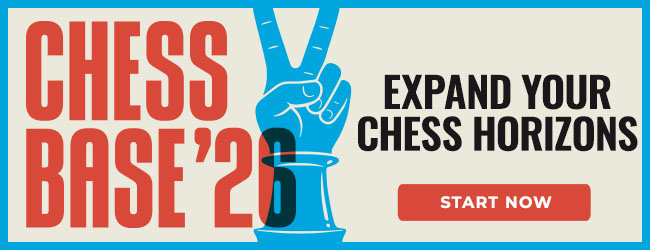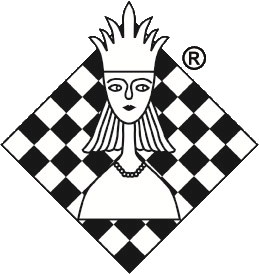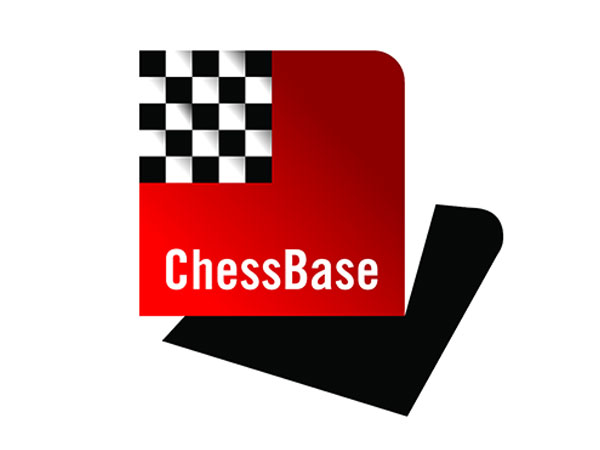 One of the most mysterious passages of chess history was the 1910 World Championship match, or the “so-called championship match”, as described by Anne Sunnucks in the Encyclopaedia of Chess. Both the controversy of whether the world title was at stake in the ten-game confrontation and which were the conditions of said match are still unresolved mysteries.
One of the most mysterious passages of chess history was the 1910 World Championship match, or the “so-called championship match”, as described by Anne Sunnucks in the Encyclopaedia of Chess. Both the controversy of whether the world title was at stake in the ten-game confrontation and which were the conditions of said match are still unresolved mysteries.
As usual, Edward Winter has looked into this issue in depth in his Chess Notes. The concluding paragraph of C.N. 3179 (see page 280 of Chess Facts and Fables) reads:
No chess event requires greater caution by historians than the Lasker v Schlechter match. As shown by magazine and newspaper reports of the time, the regulations evolved between late 1908 and early 1910, but, as far as we know, they were never published in a final, consolidated form.*
Furthermore, it was never clarified if Schlechter needed to win by a two-point margin in order to get the title (if it was at stake). Schlechter had a one-point advantage after nine games and played for a win in the final encounter — Lasker ended up getting the point and retained the title, as has been generally accepted. Winter translated the following report by Walter Preiswerk (who was then in Leipzig) in the Basler Nachrichten of 20 February 1910:
It was generally assumed that the last game would end in a draw and that Schlechter would thereby ensure victory for himself. Curiously enough, however, Lasker won, which meant that the match ended indecisively. It is very strange that Schlechter, who lost none of the first nine games, succumbed in the final one, and the assumption suggests itself that this outcome was intentional. A narrow victory by Schlechter would by no means have given him the world championship but, instead, it would have brought him a serious return match to be carried out irrespective of its financing. This may not have suited the two masters, who, after all, are also excellent businessmen.
Nevertheless, the riddle that we present now has to do with game 5. Many analysts have looked into it in deep detail. Among them Romanovsky, Lasker, Schlechter, Tarrasch, Dvoretsky, Kasparov and Hübner. So far, the best analyzes are by Dvoretsky, who did a great job in his excellent Analytical Manual. But was that the last word regarding this issue?
Your job is to find out how many mistakes were made in the following sequence and figure out which was Lasker’s last mistake:
We need your help
Please send any analysis you come up with to me at the following email address: Karsten Müller. You may also like to use more powerful engines to assist you in your efforts. Fat Fritz, for instance, goes for some unconventional continuations and surprises. Dr. Müller will evaluate your submissions and discuss them with you.
In case you are not familiar with our replay board (above), please note that there are a large number of functions you can use to understand the game and the moves. Just an engine (fan icon) and it will help you to analyse. You can get multiple lines of analysis by clicking the + button to the right of the engine analysis window. The "!" key, incidentally, shows you the threat in any position, which is incredibly useful in the case of unclear moves.
 There is one more thing you can do. It is a lot of fun, but also a serious challenge: Click on the rook icon below the notation window. This will allow you the play the above position against Fritz, at your level of playing strength (e.g. "Club Player"), right here on the news page. Note that your analysis, in which you can delete, move or promote lines, is stored in the notation as new variations. In the end you will find the game with your analysis in the cloud. So nothing is ever lost.
There is one more thing you can do. It is a lot of fun, but also a serious challenge: Click on the rook icon below the notation window. This will allow you the play the above position against Fritz, at your level of playing strength (e.g. "Club Player"), right here on the news page. Note that your analysis, in which you can delete, move or promote lines, is stored in the notation as new variations. In the end you will find the game with your analysis in the cloud. So nothing is ever lost.
[*A passage by David Hooper previously quoted here was removed, as Edward Winter’s article specifically pointed out that Hooper was wrong to ascribe the quoted words to the American Chess Bulletin. Instead, we have reproduced the paragraph from C.N. 3179 to illustrate the depth of the controversy. Many thanks to Olimpiu G. Urcan for calling attention to the error.]
Suscripción durante 12 meses a los servicios Premium de la cuenta ChessBase
Links














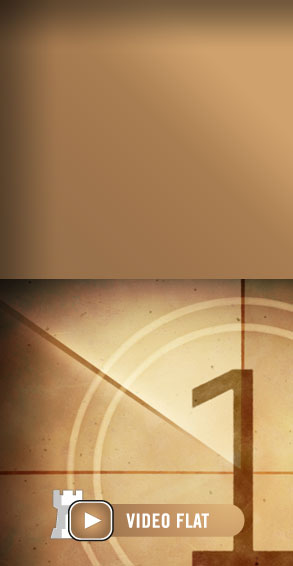
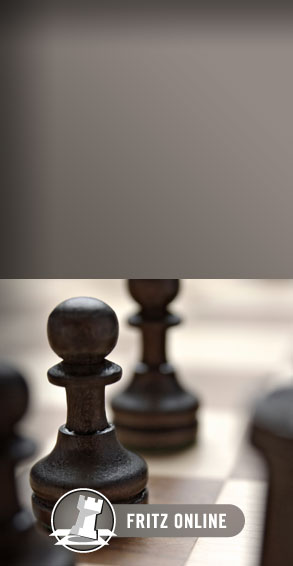
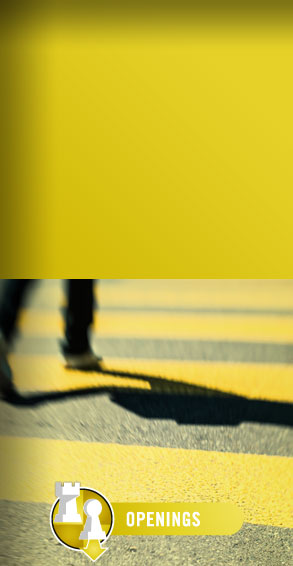
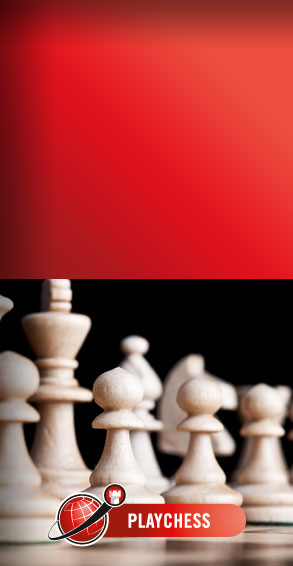
 One of the most mysterious passages of chess history was the 1910 World Championship match, or the “so-called championship match”, as described by Anne Sunnucks in the Encyclopaedia of Chess. Both the controversy of whether the world title was at stake in the ten-game confrontation and which were the conditions of said match are still unresolved mysteries.
One of the most mysterious passages of chess history was the 1910 World Championship match, or the “so-called championship match”, as described by Anne Sunnucks in the Encyclopaedia of Chess. Both the controversy of whether the world title was at stake in the ten-game confrontation and which were the conditions of said match are still unresolved mysteries.